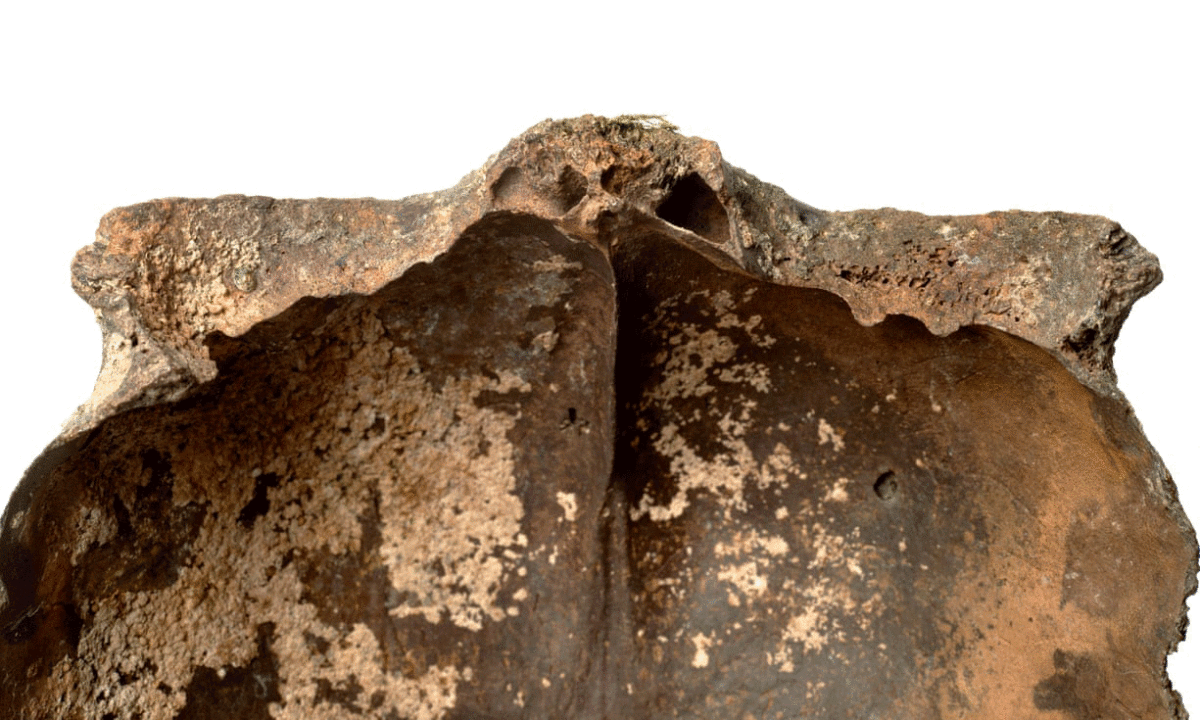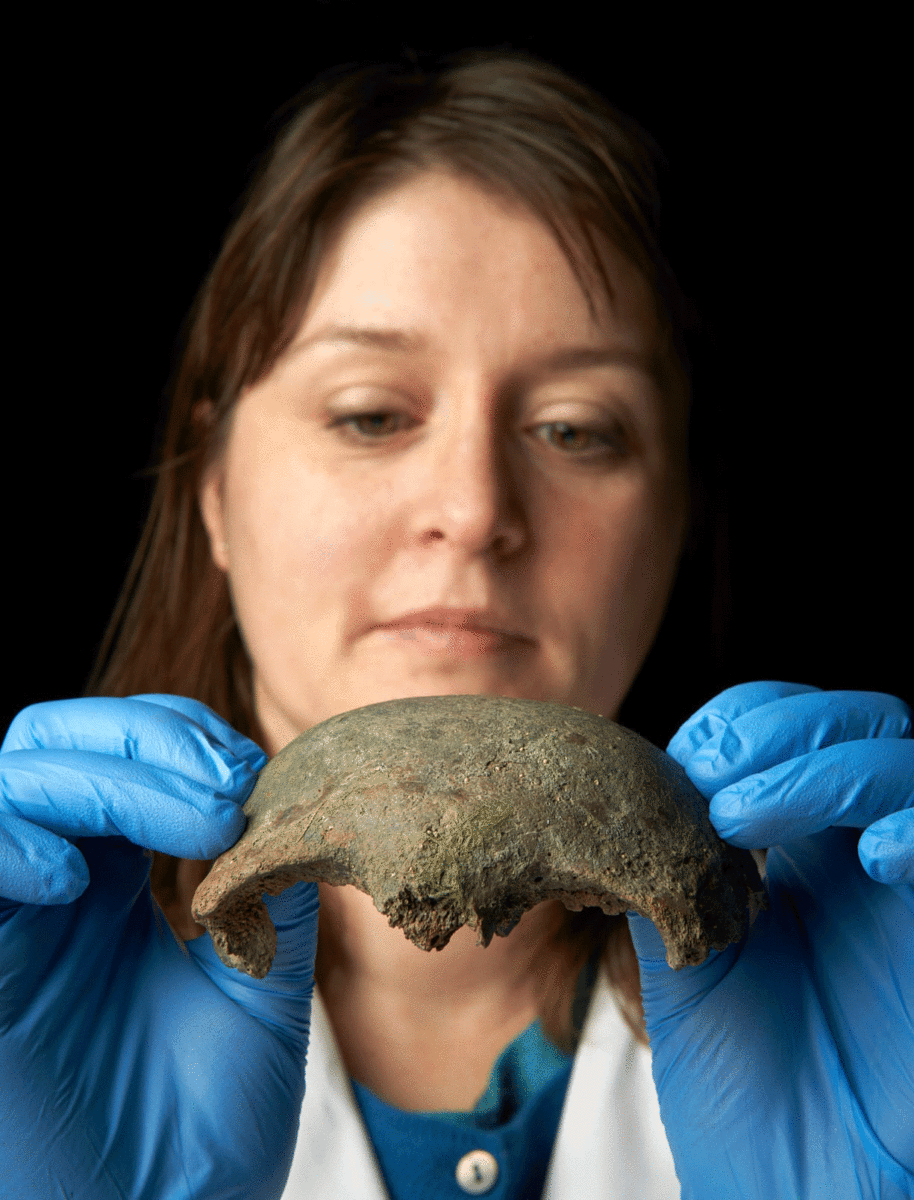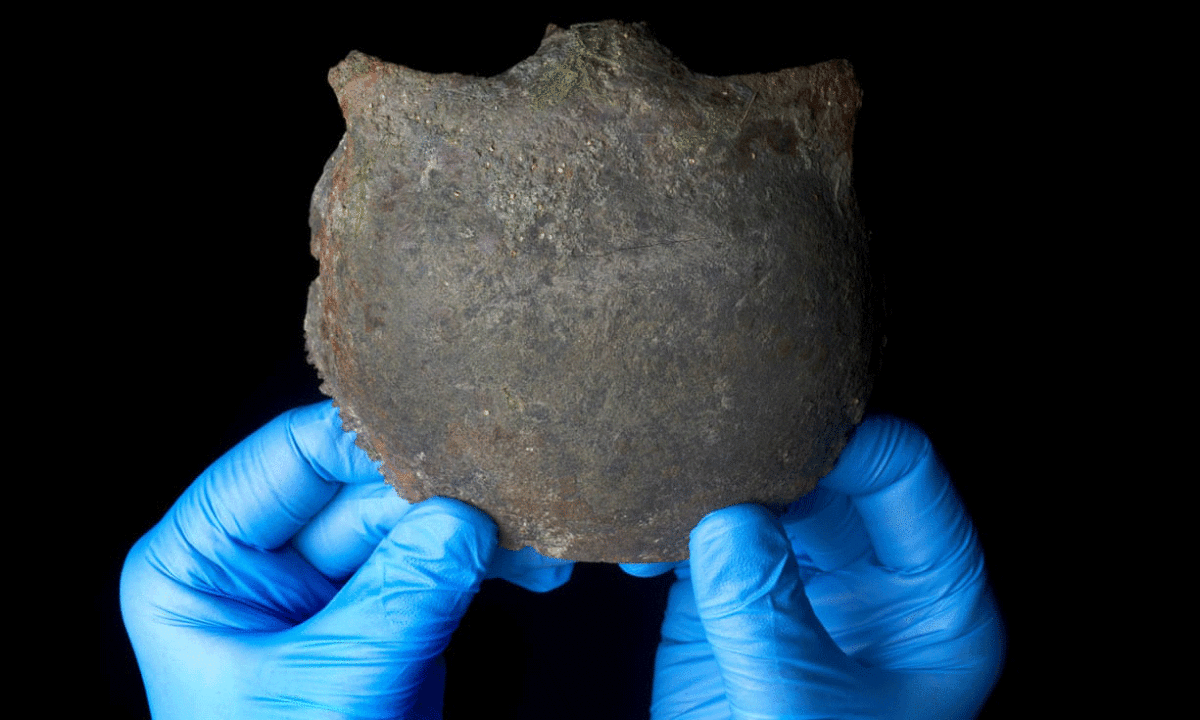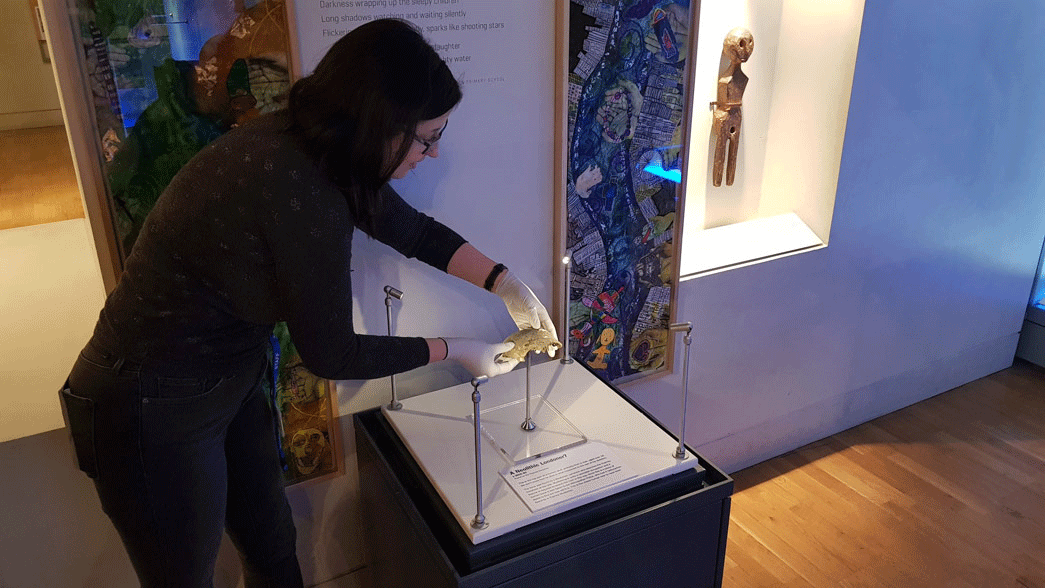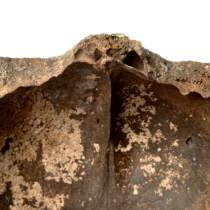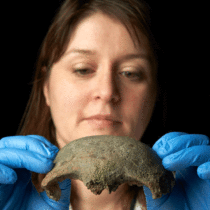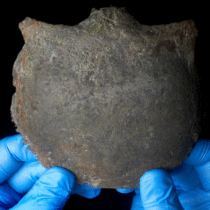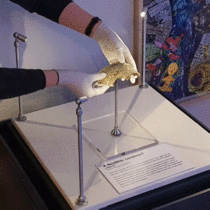A fragment of a Neolithic skull found on the south bank of the River Thames is now exhibited at the Museum of London. The skull is dated to approximately 5,600 years ago and the fragment retrieved from the river mad is the frontal bone. It belonged to a male over 18 years old.
The fragment was found in September by a mudlarker on the banks of the River Thames and was initially taken for a shard of pottery. It was handed in to the Metropolitan police and was consequently taken for radiocarbon dating which revealed that it dated to about 3,600BC.
In the Neolithic era, the surroundings of the River Thames in the London area were very different to what it is like now. It was an open woodland landscape inhabited by hunter-gatherers, although the man to whom the bone fragment belonged was probably a farmer rather than a hunter-gatherer. Overall our knowledge of the Neolithic Era at the region is very limited, as Dr Rebecca Redfern, curator of human osteology at the museum, stated.
The item is on display at the London Museum since 20 February, in particular in the London Before London gallery, with other artefacts also found in the Thames, which are many and varied. For instance, a rare Roman oil lamp which was found on the riverbanks last month is already on display at the Museum of London. Other items found in the Thames in the previous years and which are now kept at the British Museum are a Neolithic polished macehead, a late Bronze Age sword and a bust of the Roman emperor Hadrian dated to 122AD.
